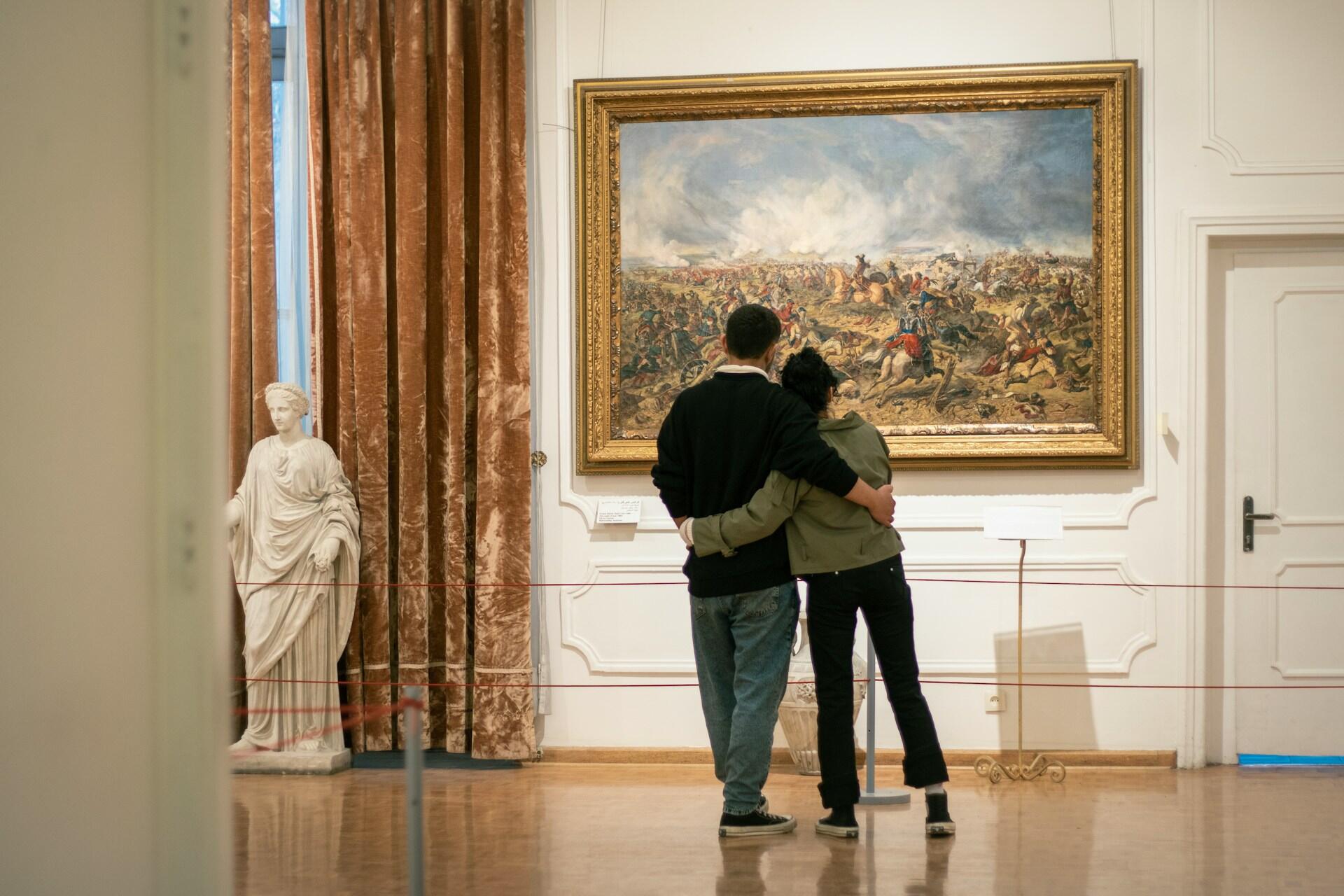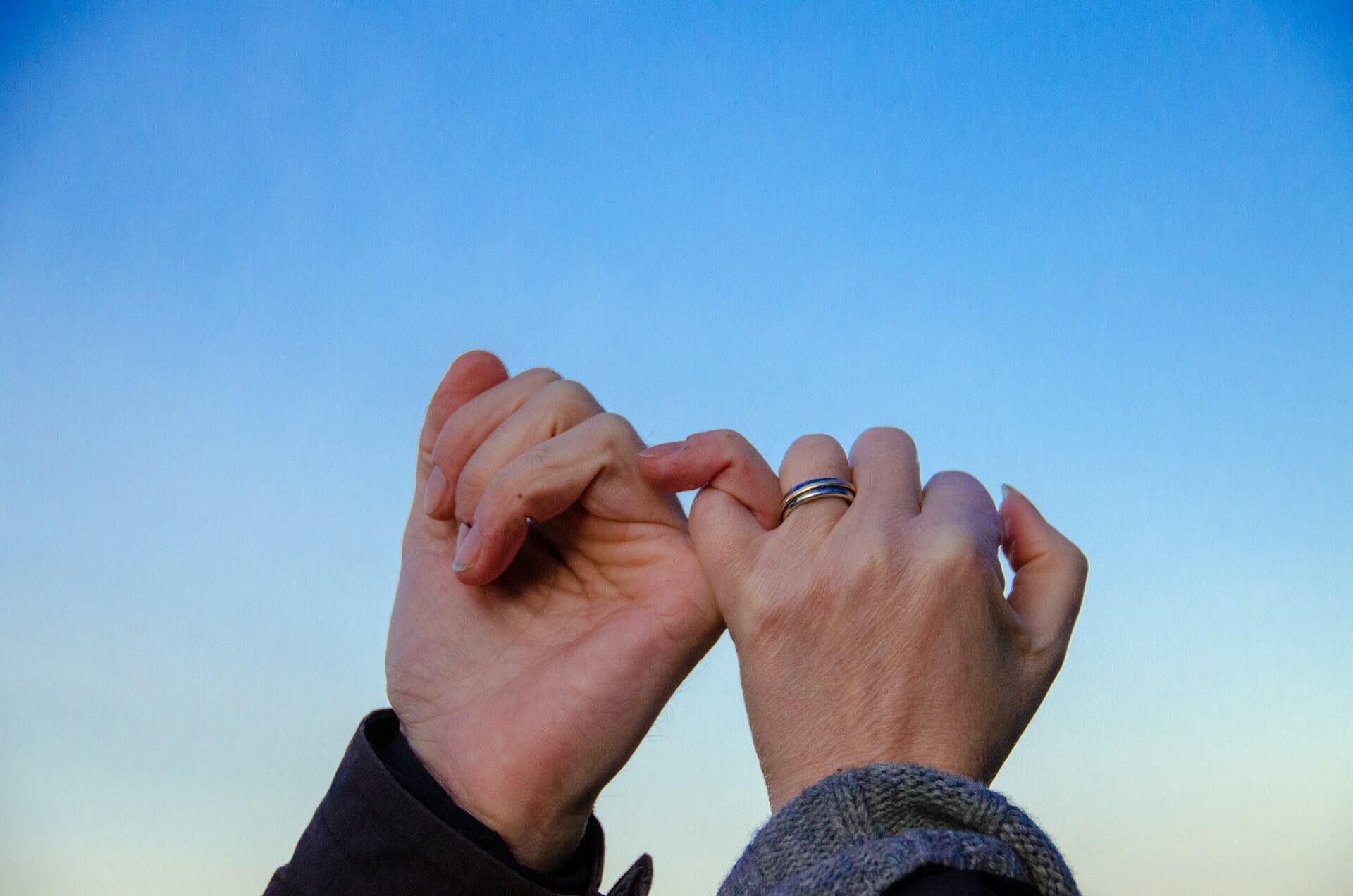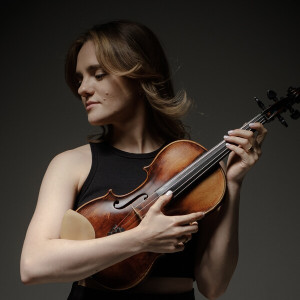Why do some people feel comfortable asking for help, while others prefer to fend for themselves? Why do some people deal with conflict calmly, while others react with withdrawal or anxiety?
Many of these differences depend on our attachment style—the internal model that guides how we approach others and how we react to emotional closeness.
Attachment theory, developed by John Bowlby and further explored by Mary Ainsworth, shows that early caregiving experiences profoundly influence how we experience bonds.
According to psychology, there are four main attachment styles:
🟢 Secure
🔵 Avoidant
🟡 Anxious-ambivalent
🔴 Disorganized
Understanding your style is not about labeling yourself, but about better understanding your reactions and learning to build more conscious relationships.
Discover your attachment style by answering our questions:
Quiz
Quiz :
What Is an Attachment Style?
Attachment isn't just about romantic love: it's the foundation on which we build all meaningful relationships—with parents, friends, partners, or colleagues.
Attachment style is how we learn to feel secure in relationships. If, as children, we felt that someone was there for us, as adults we will know how to ask for help and trust others. If, on the other hand, support was inconsistent or absent, we may develop emotional defense strategies.
This pattern of trust—or caution—tends to repeat itself in adulthood, influencing friendships, family ties, and romantic relationships.
The Four Attachment Styles
Each attachment style represents a different way of experiencing closeness and emotional dependence. None of them is “wrong”: they are adaptations that originally helped us protect ourselves and survive emotionally.

A person can also exhibit different attachment styles depending on individual relationships, and in any case, our attachment style does not define us and can be changed with therapy if it makes us unhappy.
People with secure attachment experience relationships with serenity and confidence.
They know how to ask for help when they need it and offer support without fear of losing their independence.
They recognize the value of connection but also of autonomy, communicate clearly, and deal with conflict openly. They feel worthy of love and believe that others, in general, are trustworthy.
This balance stems from early experiences of consistent, empathetic, and stable caregiving, which teach them that closeness is not a threat but a resource.
This style develops when the child's caregivers have been inconsistent: sometimes present and affectionate, other times distracted or unpredictable. The child thus learns that in order to get attention, they must intensify their demands, developing constant emotional tension.
As adults, those with an anxious-ambivalent style tend to experience relationships with passion but also with fear. They desire closeness but fear not being loved enough. Any small distance can seem like a sign of rejection, and the need for reassurance can become a source of stress for both partners.
These people love deeply and devotedly: learning to feel secure even without constant recognition is the key to more peaceful relationships.
The avoidant style often develops in contexts where independence has been highly valued or where expressing emotions was not well received. To protect themselves from rejection or disappointment, these people learn to rely only on themselves and to limit their dependence on others.
As adults, they tend to minimize their emotional needs and maintain control, avoiding showing vulnerability.
Emotional closeness can make them feel uncomfortable, prompting them to distance themselves or retreat into silence.
Behind this apparent self-sufficiency often lies a fear of being hurt.
Gradually opening up and learning to trust can transform distance into an authentic and mutual bond.
The disorganized style arises in situations where the caregiver has been both a source of love and fear. The child experiences a conflict: they want closeness, but they fear it. This paradox leaves a lasting mark on how they experience relationships.
As adults, those with this style alternate between moments of intense desire for intimacy and periods of withdrawal and emotional escape. Emotions can be intense and contradictory: the person seeks protection but, at the same time, fears losing it.
Behind the confusion there is often a deep emotional wound, which can be healed with time, awareness, and secure relationships.
Recognizing this ambivalence is the first step toward building trust and stability.
How to Recognize and Transform Your Style
Becoming aware of your attachment style does not mean defining yourself forever, but rather gaining greater emotional freedom. Understanding your relationship patterns helps you choose more conscious responses instead of acting automatically.
1. Cultivate Emotional Awareness 🧠💗
Observing how we react to vulnerability is the first step.
Asking yourself, “What am I really feeling?” or “Am I reacting to the present or something from the past?” helps you name your emotions.
Awareness allows you to break automatic patterns and build new relationship habits.
2. Build Secure Relationships 🤝💝
Empathetic and consistent relationships have a powerful transformative force.
Being around reliable people who listen without judging teaches us that closeness can be safe.

Over time, these positive experiences reorganize our emotional expectations, promoting a more stable attachment. Source: Mina Rad
3. Train Your Emotional Autonomy 💪💖
Being independent does not mean denying the need for others, but knowing how to balance closeness and freedom. Healthy autonomy comes from inner security: knowing that even if the other person leaves, we remain whole.
Neuroscience has shown that the brain retains the ability to change throughout life.
This means that attachment styles are not immutable: they can evolve through awareness, introspection, and positive relational experiences.
Each new secure bond contributes to building a more stable perception of oneself and the world.















